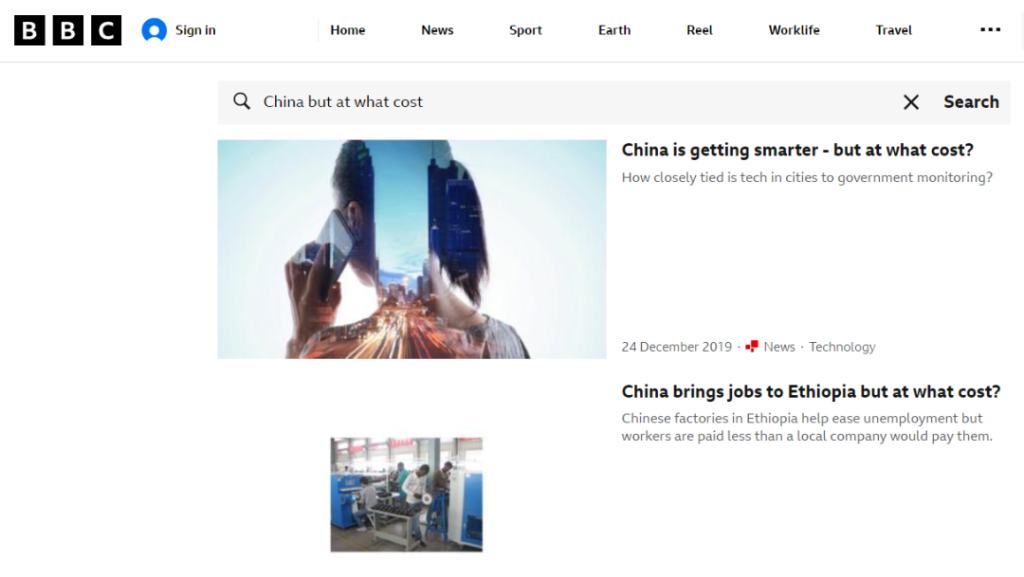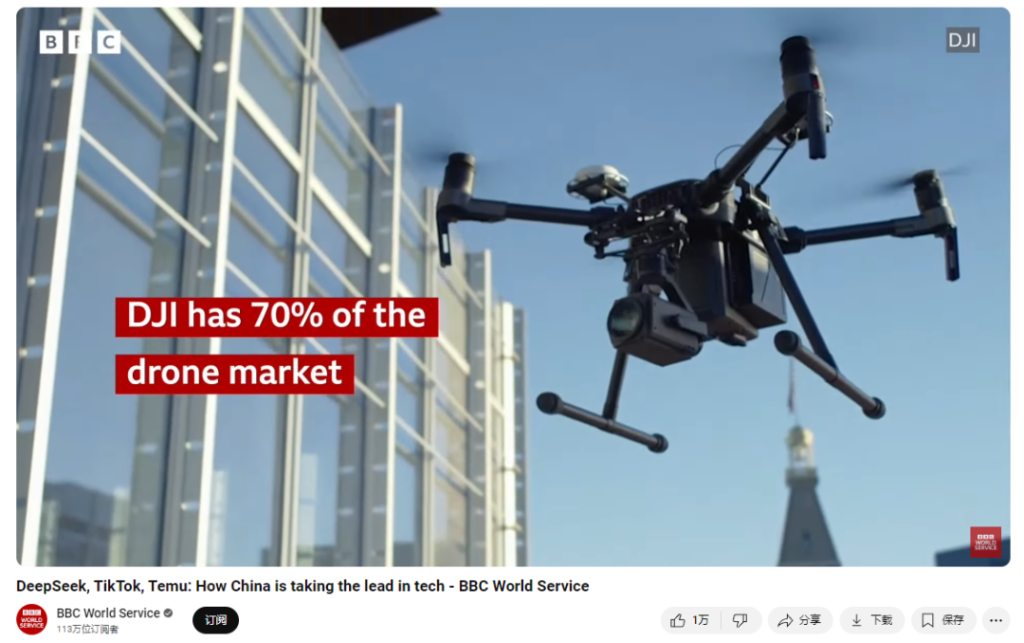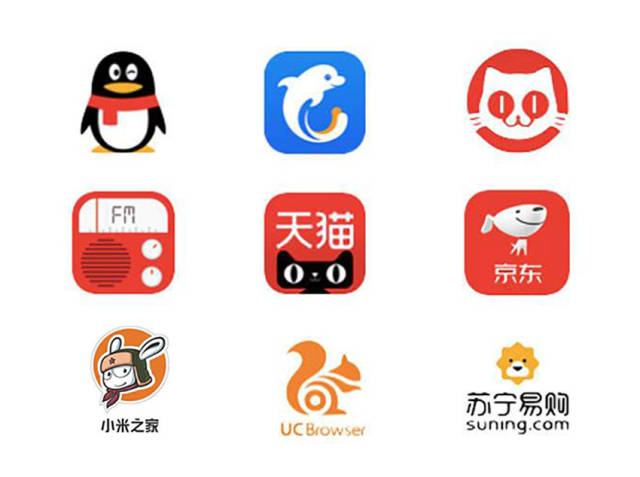“I woke up and found myself abroad.” This has become the true feeling of most users in Chinese app Xiaohongshu by the beginning of 2025. As USA banned TikTok in January 2025, many American users flocked to a Chinese social platform Xiaohongshu, therefore triggered an unexpected ‘reconciliation’. Chinese users found out that Americans’ lives were not as happy as Hollywood movies pictured, and American users found life in China was also different from what they thought. This phenomenon inevitably makes us think: Where did these misunderstandings come from? Is the ‘reconciliation’ the final ‘truth’?


Some ongoing ‘reconciliation’ happening in Xiaohongshu. Credit: Xiaohongshu
To better understand these questions, firstly we should figure out the different definitions of misinformation, disinformation and fake news. According to Australian Electoral Commission, the main difference between misinformation and disinformation is the cause. Misinformation was caused by error or mistake and disinformation is due to deliberately mislead.(Taskforce, 2025) So, which kind does the misunderstanding between western world and China belong to? My answer is: both.
The government decides what you see
Ideology is an unavoidable topic between China and the western world. When we talk about information barriers, we have to mention China’s information blockade on some western media since the beginning of 21st century. This choice was made by China based on its domestic conditions. Although this measure protects Chinese citizens, it also leads to a lack of information exchange between Chinese society and the western world. Domestic people learn about the west mostly from movies, music and other artworks, and also from some international students or immigrates. Most of these people come from middle-class families or above, their perspectives towards society is limited by the class they belong to. At the same time, as a developing country, the significant material differences between China and the developed countries in the west also make most people pay more attention to the advantages of the west.
On the other hand, regarding for social and national governance, the United States has had some exaggerated reports, and even fake news, about communist countries such as the Soviet Union and China since the last century. Setting up these external imaginary enemies has, to some extent, diverted the attention of the people from domestic conflicts to the national level.(The Disinformation Age, 2020).
The most representative example is the significant reduction in funding from the US Agency for International Development (USAID) to the British Broadcasting Corporation (BBC) after Donald Trump became the new US president in February. This was just a piece of news within the western world at first, but it attracted the attention of Chinese netizens a few days later. In the BBC’s latest video on February 7, they unusually did not add the phrase “but at what cost?” which was previously used most often in its reports on China. Instead, it listed a lot of data to introduce China’s technological development and the reasons behind it. This has inevitably triggered a series of associations about the US government manipulating the media’s propaganda against China.(Qingqing, 2025)

BBC reports on China in the past. Credit: BBC

Latest report on China from BBC on 7th Feb. Credit: BBC
Algorithms let you see what most people see
In the past, China has been criticized by the western media for its strict top-down censorship, portraying the country as a scary world in the novel 1984, with no freedom of speech, belief, or “freedom” in the broadest sense of the word. However, both capitalist and communist theories cannot deny that we need governments to protect the rights of their citizens, but in the different realities of each country, they have diverged into different means. In China, it’s called censorship, while in the US, it’s algorithms.
For most new users on TikTok, one of the first words they learn must be ‘fyp’ (for you page). This function and the algorithm behind it is the key to make TikTok viral. Your likes, comments, subscription, and even the time you spend on each content will be analyzed for further recommendation.(Lang, 2024) It seems like we are having an attentive butler, continuously brings us dishes we wanted. But no one could tolerate eating the same dish for a whole lifetime, as time goes by, we are trapped in information cocoon. At the same time, the algorithms further deepen this information barrier. Posts with a more distinct point of view and stronger emotions are always more attractive, people are more likely to agree with it or disapprove it, with the higher the engagement with such posts, it will more likely to continue to show up in your fyp.(Rawnsley et al., 2021)
Only you decide what you see
However, there’s something much more powerful than algorithm, people’s own judgement.
People often identify with each other because of similar interests, but what ultimately determines whether or not they become friends is whether or not they share the same values. This is because people are naturally more inclined to believe in what they perceive to be the same.(Bruns et al., 2020) On a small level, it’s similar to how Chinese people believe bananas are laxative while Westerners believe they stop diarrhea, a difference in perception resulting from grouping differences. On a larger level, people are not just “individuals” on the Internet, but are expressing their opinions as members of a “national group”. Once the other side’s remarks are regarded as “challenging the dignity of the group”, then even if the other side presents the facts, it is easy to trigger defensive reactions and group confrontation.
There is a corresponding example in the U.S.-China reconciliation. After the initial enthusiasm for the reconciliation calmed down, some people began to question the authenticity of the craze, because not only is it diametrically opposed to what most people used to know, but it also suggests that there is something very wrong with our information sources. So the question about the class of Chinese and American netizens who reconciled the accounts was raised. Opponents say that the majority of Xiaohongshu’s users are middle-class, well-educated women in China, who represent the country’s more advanced ideas and qualities. But tiktok refugees in the U.S., as evidenced by the living situations they share, most of them are even still worried about food and clothing. The class difference between the two sides is what makes the reconciliation results so surprising.
However, when we analyze this issue with reverse thinking, we find that most of the people who support this claim are either Chinese migrants abroad or domestic extremists. In the case of immigrants, they have good financial means and choose to emigrate because they believe that conditions in the west are better, and that they are in the middle class and above. They don’t believe in reconciliation because they have a vested interest in western society, they don’t see and don’t care about what the working class is going through. As for the domestic extremists, they are not qualified to emigrate and for some reason are not doing well in China, so they would rather believe that it is the incompetence of the state that has caused their misfortunes, and they are even more reluctant to see that the western world is in fact just as bad off. Overall, the opponents’ argument just proves the existence of cognitive bias.
Cultural differences may make you look at it wrong
Language differences and cultural differences also caused a series of problems by the beginning of reconciliation between China and the United States. As an authentic app designed for Chinese netizens, Xiaohongshu didn’t equip translator like Facebook, which caused a number of ridiculous misunderstandings.

Users complain about translation bias. Credit: Xiaohongshu
But these are just harmless jokes. What really concerns us are the misunderstandings caused by cultural differences between countries and ethnic groups. The reconciliation has become a great experience was mainly because of the kind attitude both American and Chinese netizens held. Friendly attitudes and sufficient respect make both netizens realized that people in all countries care about livelihood. When arrogance and prejudice are overcome, both Chinese and Americans are just ordinary people who love life and their own country. Therefore, equal and respectful communication is unlikely to lead to a rift, but rather to understanding.
A contrasting example is a series of controversies triggered by the name of Xiaohongshu, which could be translated to little red book in English. In the western world, when ‘China’ and ‘red book’ appear together, people always think about Chairman Mao’s little red book. And this also became the first excuse some media used to attack Xiaohongshu. They want to portray Xiaohongshu as a cultural infiltration of the communist country through its name. But the truth is, compared to western brand, which uses family or corporate culture as its core selling point, Chinese brand prefers to emphasize its brand tone through cute and friendly animals or objects(daxueconsulting, 2024). Xiaohongshu was originally developed as a life-sharing and travel guide app, which is very similar to the role of the book. At the same time, the color of red is a symbol of good luck in traditional Chinese culture, and many Chinese software and things are based on red. Moreover, red gives people a feeling of enthusiasm, and it is hoped that people can gain life experience and passion through this app.

Symbolic logos of Chinese brands. Credit: Xiaohongshu
Through the previous analysis of the causes, we have roughly sorted out the causes of misunderstanding between China and the United States. Returning to the original question, to what kind of information does this information gap belong, misinformation or disinformation? In fact, in the analysis of the causes, we can conclude that, objectively speaking, the initial gap between China and the United States stems from the differences in political systems and ideologies, which are long-standing and irreconcilable at this stage. Both governments have taken extreme or covert measures regarding to national governance and in order to maintain their dominance.(Flew, 2021) But at the same time, on a subjective level, in this age of highly developed information, we cannot tell whether the information we are exposed to is true or not. The indoctrination of social ideology and the confinement of algorithms have greatly limited our ability to explore the outside world, and the globalization of the world has brought us face to face with too many cultural differences, and it is inevitable that we, as individuals, fall into the trap of misinformation.
But there’s always a way, isn’t there?
First of all, government plays the most important role in eliminate information barrier. Policymakers should be clear about their position that politics is a product of power struggles, but they should not allow the government to be held hostage to power tilts. The government need to take into account the interests of the nation, both in terms of seeing the voice of the majority and protecting the rights of minorities. To ensure this, clear laws and regulations are also crucial, monitoring government functions and platforms while severely punishing those who spread inaccurate information to create a better online environment. Lastly, ideology should be the basis for national development and not be used as a weapon of hatred and confrontation between countries. Respect for cultural and ethnic differences is the only way to achieve better international cooperation and promote world peace.
Second is the platform. Platforms should be the first to moderate sources, but the moderation process needs to be transparent and open. Secondly, the built-in translator should be optimized, the current AI technology development is very rapid, through the expansion of the translation team at the same time to upgrade the level of AI, in order to improve the accuracy of translation to ensure that the information is transmitted in its original meaning. Thirdly, the transport should be more intelligent, the original algorithm works short, flat and fast, but ignores the individual differences between users, also directly leads to the information cocoon.
For individuals, respect and understanding are everything. At the same time, the ability to identify inaccurate information can be enhanced by broadening the channels of information.
In the context of globalization, the US-China reconciliation is a meaningful attempt, but at the same time it exposes the current deficiencies that still exist in terms of system, management and cognition, all of which require our joint efforts. I hope that one day, we will again be able to see what we see, so that reconciliation will no longer exist.
Reference
Bruns, A., Harrington, S., & Hurcombe, E. (2020). “Corona?: 5g?: Or both?”: The dynamics of covid-19/5g conspiracy theories on facebook [Journal Article]. Media International Australia, Incorporating Culture & Policy, 177(1), [12]-29. https://search.informit.org/doi/10.3316/informit.465712502253903
daxueconsulting. (2024). Mascots in China: the Cultural Phenomenon Shaping Market, Screens and Hearts. https://daxueconsulting.com/mascots-in-china/
The Disinformation Age. (2020). (W. L. Bennett & S. Livingston, Eds.). Cambridge University Press. https://doi.org/DOI: 10.1017/9781108914628
Flew, T. (2021). Regulating Platforms.
Lang, K. (2024). TikTok Algorithm Guide 2025: Everything We Know About How Videos Are Ranked. https://buffer.com/resources/tiktok-algorithm/
Qingqing, C. (2025). Has BBC changed its China coverage strategy? Recent positive stories surprise Chinese netizens. Global Times. https://www.globaltimes.cn/page/202502/1328385.shtml
Rawnsley, G. D., Ma, Y., & Pothong, K. (2021). Research Handbook on Political Propaganda. Edward Elgar Publishing. https://doi.org/10.4337/9781789906424
Taskforce, E. I. A. (2025). Disinformation and Misinformation. Australian Electoral Commission

Be the first to comment